Indoor plants have gained popularity in recent years for their ability to improve air quality, boost mental well-being, and enhance interior aesthetics. However, for individuals who suffer from allergies, certain indoor plants can exacerbate symptoms and negatively impact their health.
A study published in the Journal of Allergy and Clinical Immunology found that approximately 10-30% of the global population suffers from allergic rhinitis, emphasizing the need for proper plant selection and care in allergy-prone households.
This comprehensive guide will provide an in-depth look at the relationship between indoor plants and allergies, focusing on hypoallergenic plant options, care techniques to minimize allergy risks, and best practices for introducing indoor plants to allergy-prone homes.
By understanding the impact of indoor plants on allergies and taking the necessary precautions, you can enjoy the benefits of indoor greenery while safeguarding your health and well-being.
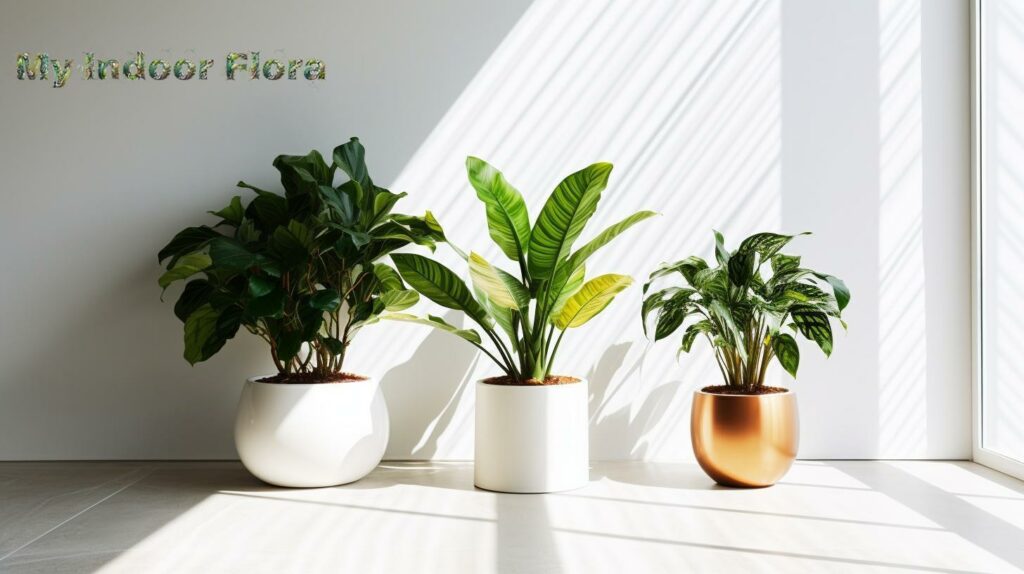
10 Common Indoor Plants That Can Cause Allergies
Allergies can be triggered by various indoor plants due to their pollen, mold, or other allergens. In this section, we will discuss some common indoor plants that can cause allergies, supported by research and expert opinions.
1. English Ivy (Hedera helix)
English Ivy is a popular indoor plant known for its air-purifying abilities. However, it can also cause allergies due to its high mold and pollen content. A study conducted by the American College of Allergy, Asthma, and Immunology found that English Ivy can be a significant source of mold in indoor environments. Dr. Clifford Bassett, a renowned allergist, also suggests avoiding English Ivy for those prone to allergies.
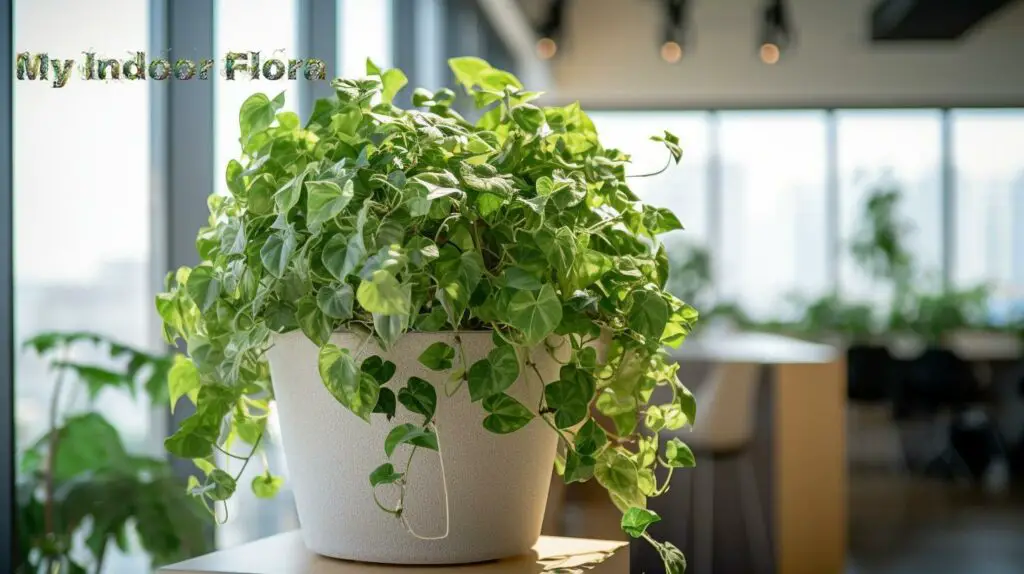
2. Weeping Fig (Ficus benjamina)
Weeping Fig, also known as Benjamin’s Fig, is a common indoor plant that can trigger allergies in sensitive individuals. Its sap contains allergenic proteins that can cause skin irritation, and its leaves can collect dust, pollen, and mold, contributing to allergic reactions. A study published in the journal Allergy found that exposure to Ficus plants could result in respiratory symptoms in sensitive individuals.

3. Male Fern (Dryopteris filix-mas)
Male Fern is a popular indoor fern species that can trigger allergies due to its spores. Although its spores are microscopic, they can become airborne and cause allergic reactions in susceptible individuals. Dr. Bassett, past chair of the public education committee at the American Academy of Allergy, Asthma and Immunology, recommends avoiding ferns if you have allergies, as they can harbor mold and dust mites.
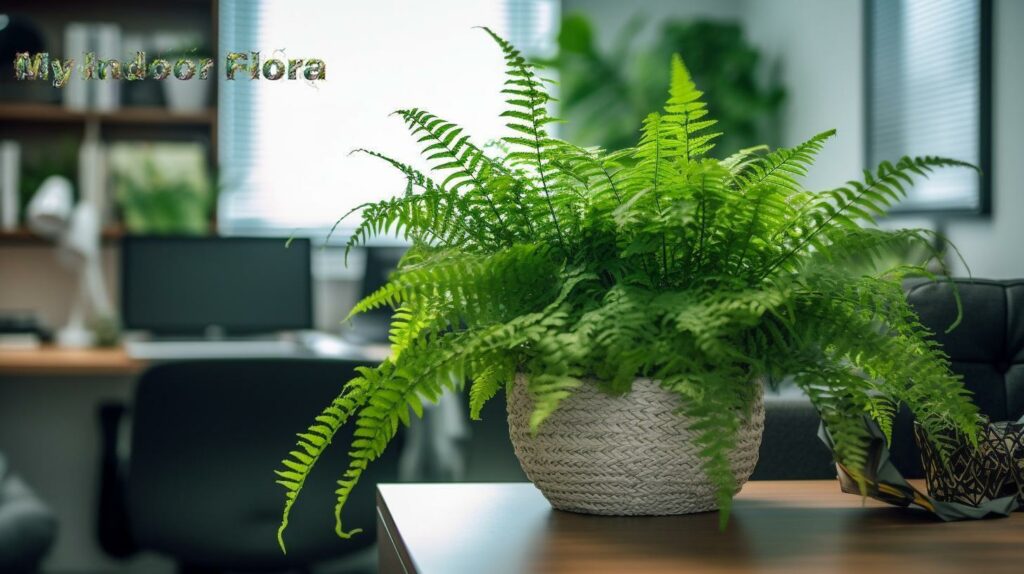
4. Chrysanthemum (Chrysanthemum spp.)
Chrysanthemums are often used as indoor plants for their colorful blooms, but they can cause allergies due to the pollen they produce. People with pollen allergies should be cautious when introducing Chrysanthemums to their indoor spaces. A study published in the Journal of Allergy and Clinical Immunology found that Chrysanthemum pollen is a significant cause of pollinosis.
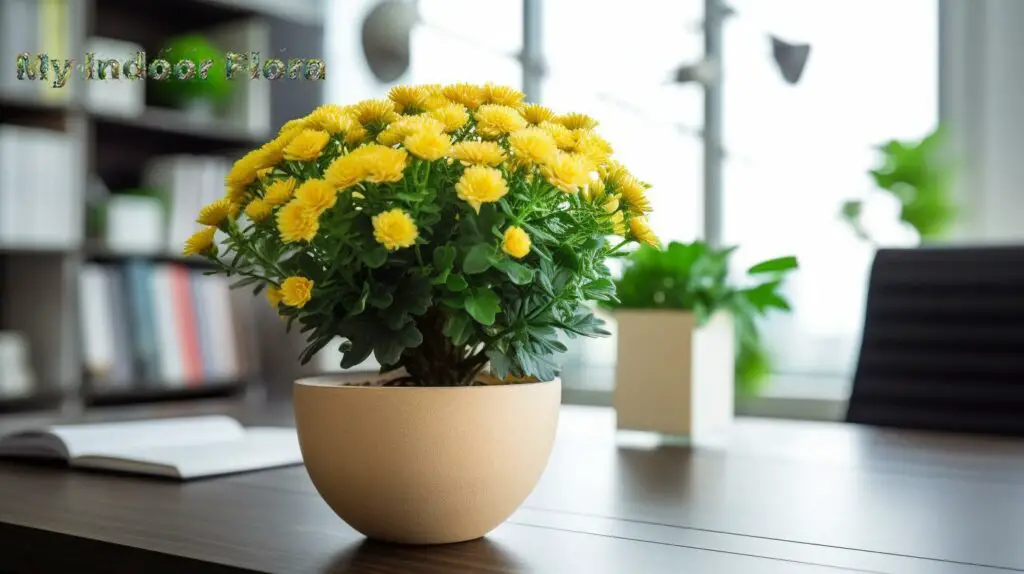
5. Peace Lily (Spathiphyllum spp.)
Despite being a popular air-purifying plant, Peace Lily can cause allergies due to its pollen and mold content. According to Dr. Bassett, Peace Lilies should be avoided by allergy sufferers because they can release pollen and contribute to mold growth.
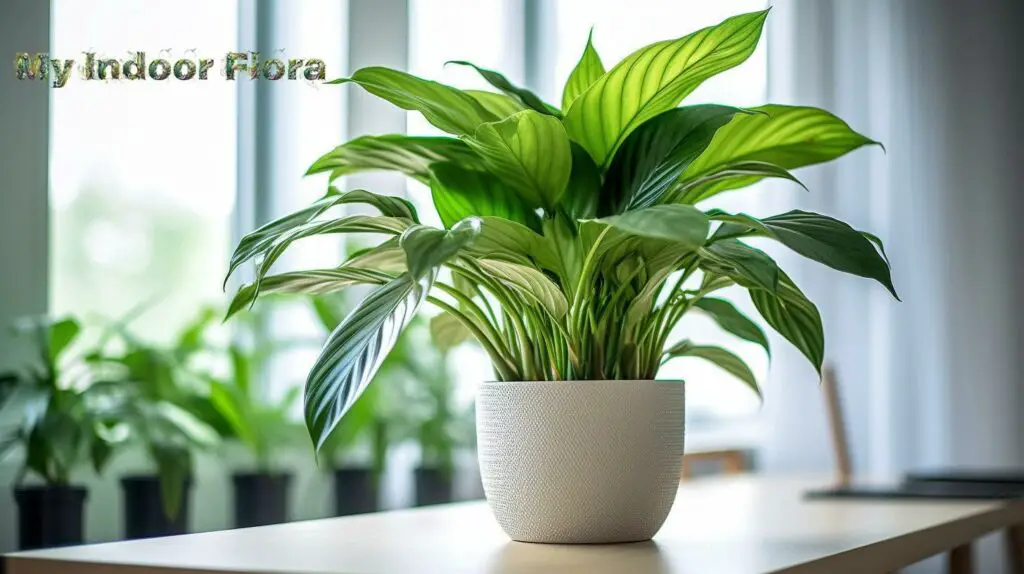
6. Areca Palm (Dypsis lutescens)
Areca Palm, also known as Butterfly Palm, is a popular indoor plant that can cause allergies due to its airborne pollen. A study published in the Annals of Allergy, Asthma & Immunology identified Areca Palm pollen as an allergen, which can cause respiratory symptoms in susceptible individuals.
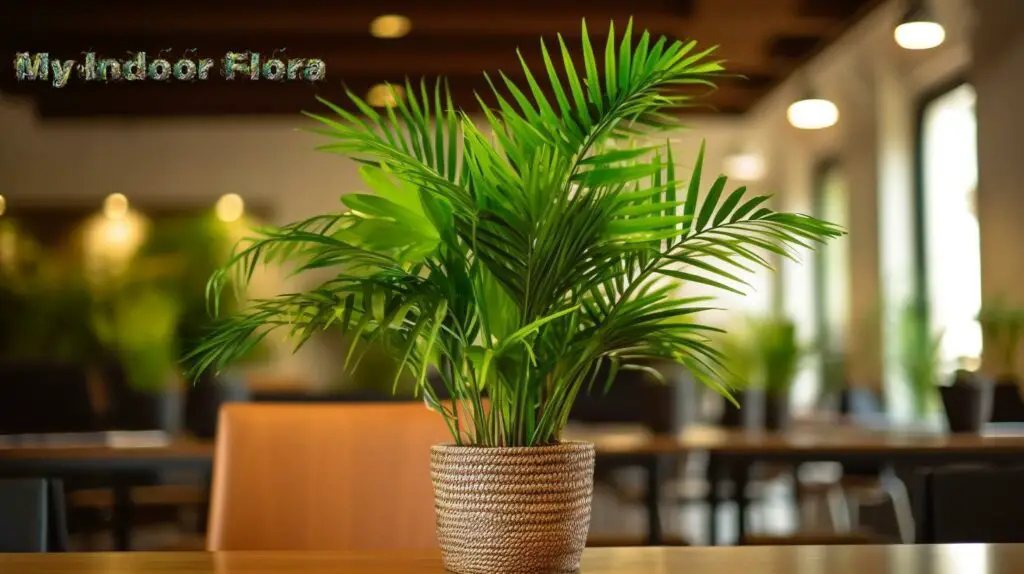
7. Rubber Plant (Ficus elastica)
Rubber Plants are another member of the Ficus family that can trigger allergies. Like the Weeping Fig, their sap contains allergenic proteins that can cause skin irritation. Dr. James Sublett, a past president of the American College of Allergy, Asthma, and Immunology, suggests avoiding Ficus plants if you have allergies.
8. Pothos (Epipremnum aureum)
Pothos is a popular indoor plant known for its low-maintenance nature and air-purifying properties. However, it can cause skin irritation in some individuals due to the presence of calcium oxalate crystals in its sap. The American Society for the Prevention of Cruelty to Animals (ASPCA) also lists Pothos as toxic to pets, which may be an additional concern for pet owners.
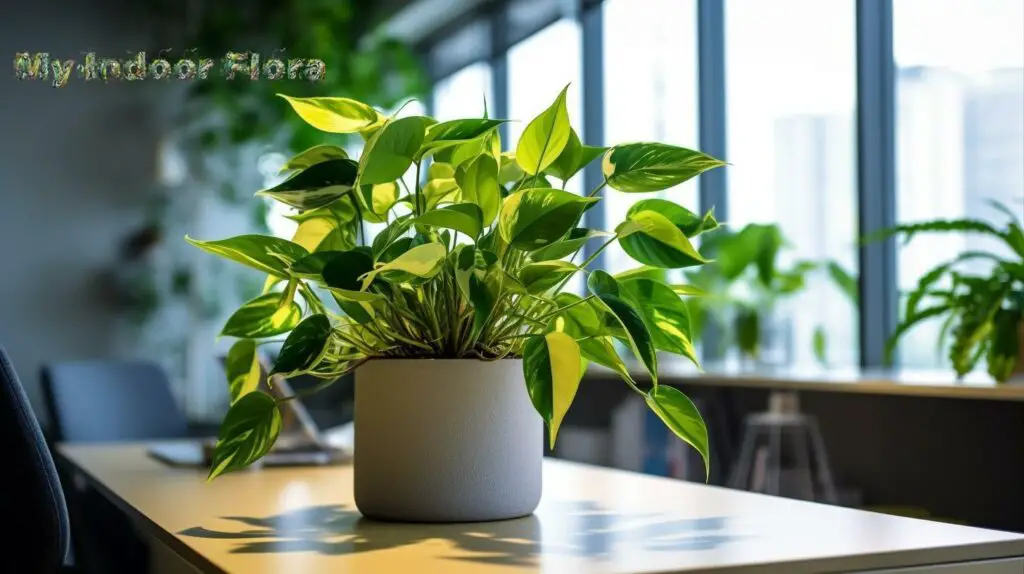
9. African Violet (Saintpaulia spp.)
African Violets are popular flowering indoor plants, but their pollen can cause allergies in some people. A study published in the Journal of Allergy and Clinical Immunology found that African Violet pollen can cause allergic rhinitis and asthma in sensitive individuals.
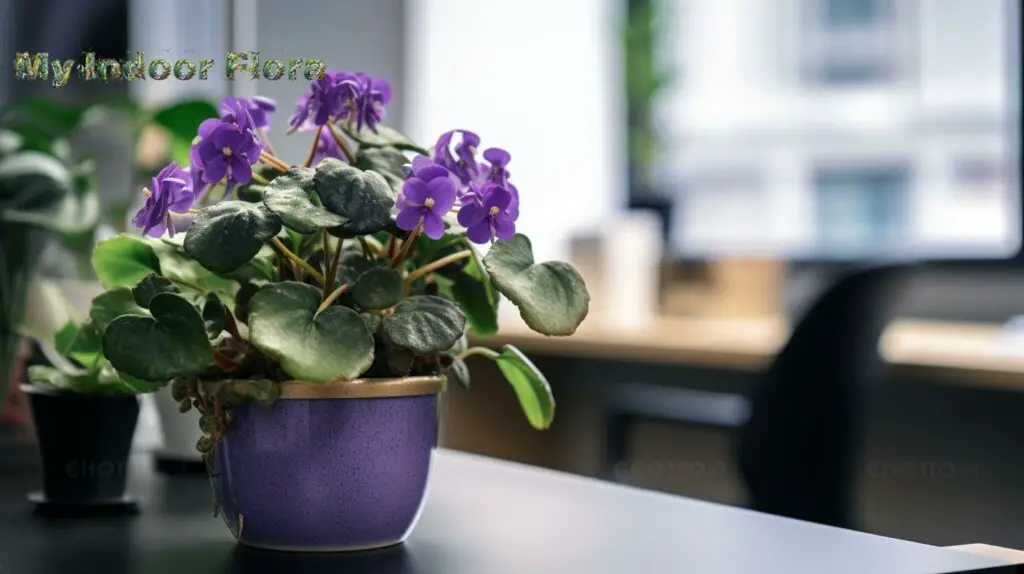
10. Gerbera Daisy (Gerbera jamesonii)
Gerbera Daisies are colorful indoor plants known for their air-purifying abilities. However, they can cause allergies due to the pollen they produce. The Asthma and Allergy Foundation of America (AAFA) lists Gerbera Daisy as a potential allergen.
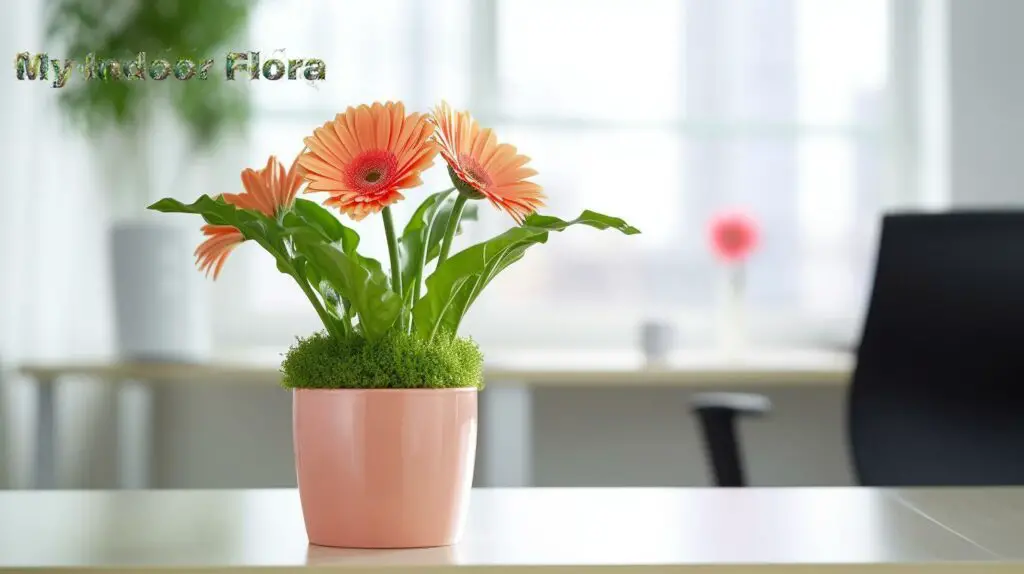
How Can Indoor Plants Affect People with Allergies?
In this section, we will delve into the ways indoor plants can impact allergy sufferers, including common allergy symptoms and the factors that can trigger these symptoms.
Common Allergy Symptoms
Allergy symptoms can vary from person to person, but some common symptoms include:
- Sneezing
- Itching
- Watery eyes
- Nasal congestion
- Skin rash or hives.
These symptoms can significantly impact an individual’s quality of life and productivity.
Allergens from Indoor Plants
Allergens from indoor plants can trigger allergy symptoms in susceptible individuals. These allergens include:
- Pollen: Produced by some indoor plants during their reproductive phase, pollen can become airborne and cause allergies when inhaled. According to Dr. Sublett, pollen from indoor plants can be particularly problematic for people with seasonal allergies.
- Mold: Mold can grow on indoor plants, especially in damp conditions. Mold spores can become airborne and cause allergies when inhaled. Dr. Bassett recommends avoiding plants that require high humidity, as they can contribute to mold growth.
- Other allergens: Some indoor plants produce allergenic compounds, such as proteins in their sap, which can cause skin irritation and other allergic reactions.
Understanding how indoor plants affect allergy sufferers allows us to make informed decisions about which plants to introduce to our homes. In the next section, we will discuss hypoallergenic indoor plants that are safe for allergy sufferers.
Which Indoor Plants Are Hypoallergenic and Safe for Allergy Sufferers?
Hypoallergenic indoor plants are varieties of houseplants that are less likely to cause allergic reactions in sensitive individuals. These plants have certain characteristics such as producing less pollen, having non-irritating sap, or releasing fewer airborne particles, making them more suitable for those with allergies.
Here are top 5 popular hypoallergenic indoor plants.
1. Snake Plant (Sansevieria trifasciata)
Snake Plant, also known as Mother-in-Law’s Tongue, is a low-maintenance plant that is generally safe for allergy sufferers. It is known for its air-purifying abilities and does not produce airborne pollen. Dr. Bassett recommends Snake Plant as a good option for people with allergies.
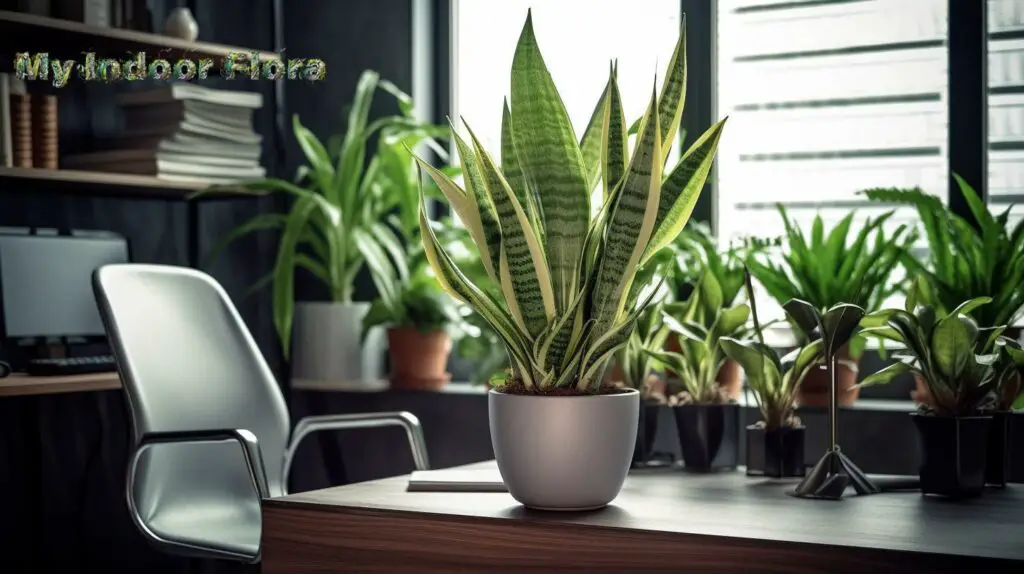
2. Spider Plant (Chlorophytum comosum)
Spider Plant is another hypoallergenic indoor plant that is easy to care for and safe for allergy sufferers. It effectively removes pollutants from the air and does not produce airborne pollen. A study published in the journal Environmental Health Perspectives found that Spider Plants were effective in reducing indoor air pollution, including allergens.
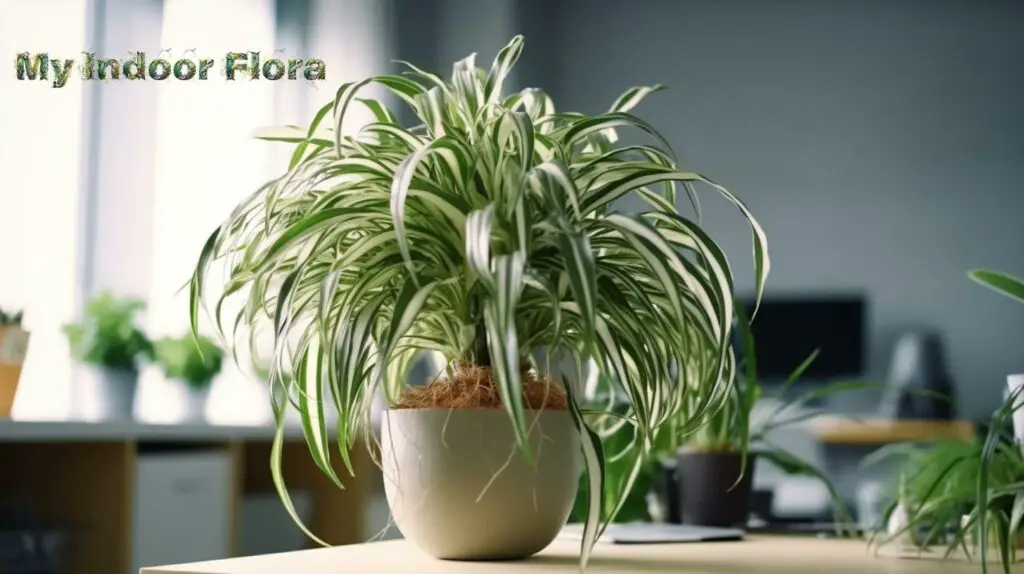
3. Boston Fern (Nephrolepis exaltata)
Boston Fern is a safe option for allergy sufferers, as it does not produce airborne spores or pollen. It is also known for its air-purifying properties and ability to increase indoor humidity, which can be beneficial for those with allergies. Dr. Bassett suggests that Boston Fern is a suitable plant for people with allergies.
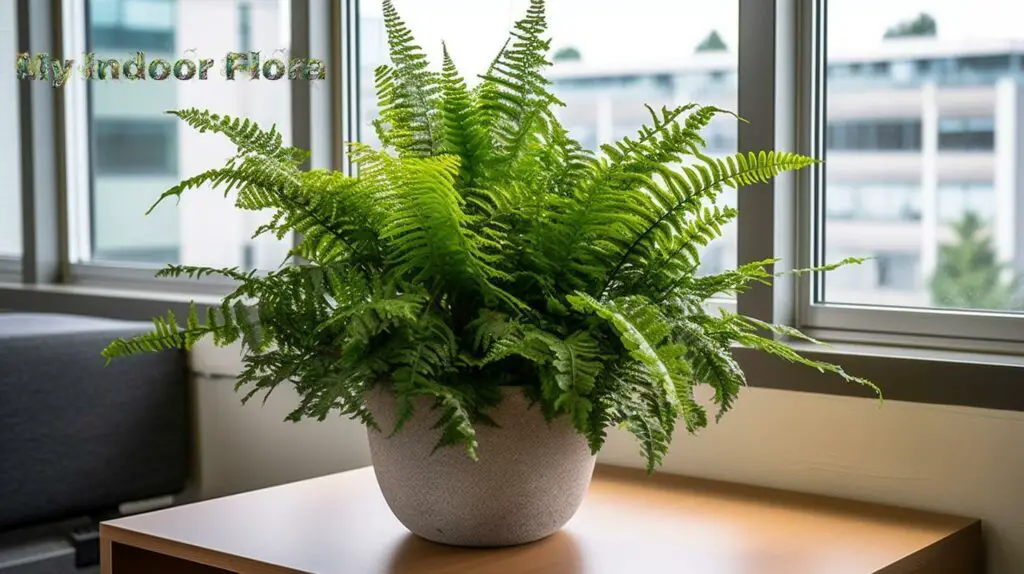
4. Bamboo Palm (Chamaedorea seifrizii)
Bamboo Palm, also known as Reed Palm, is a hypoallergenic indoor plant that is safe for allergy sufferers. It is an excellent air purifier and does not produce airborne pollen. According to the NASA Clean Air Study, Bamboo Palm is effective in removing indoor air pollutants, including allergens.
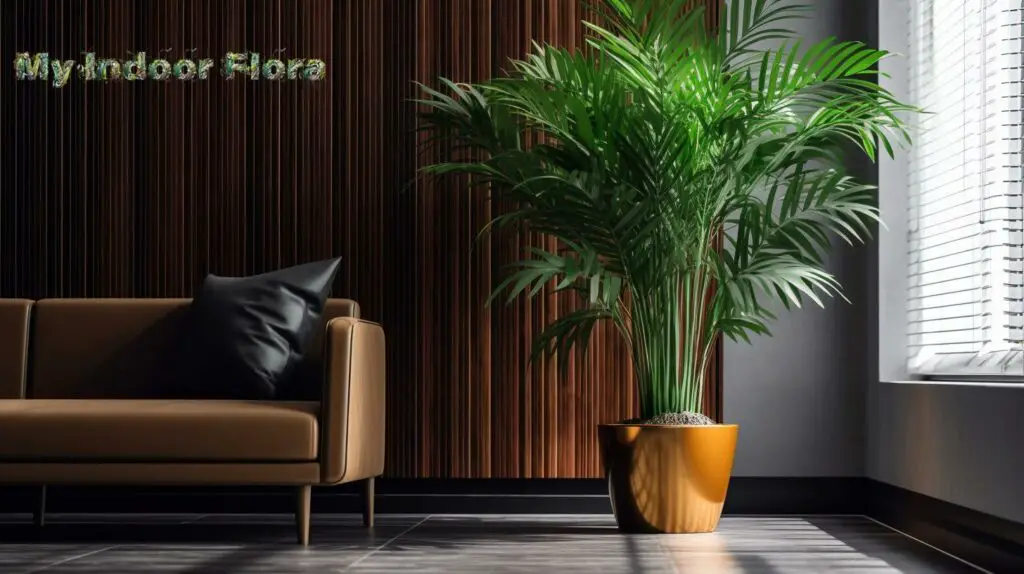
5. Parlor Palm (Chamaedorea elegans)
Parlor Palm is another hypoallergenic indoor plant that is safe for people with allergies. It is a slow-growing plant that does not produce airborne pollen and is an effective air purifier. The NASA Clean Air Study also listed Parlor Palm as an effective plant for removing indoor air pollutants.
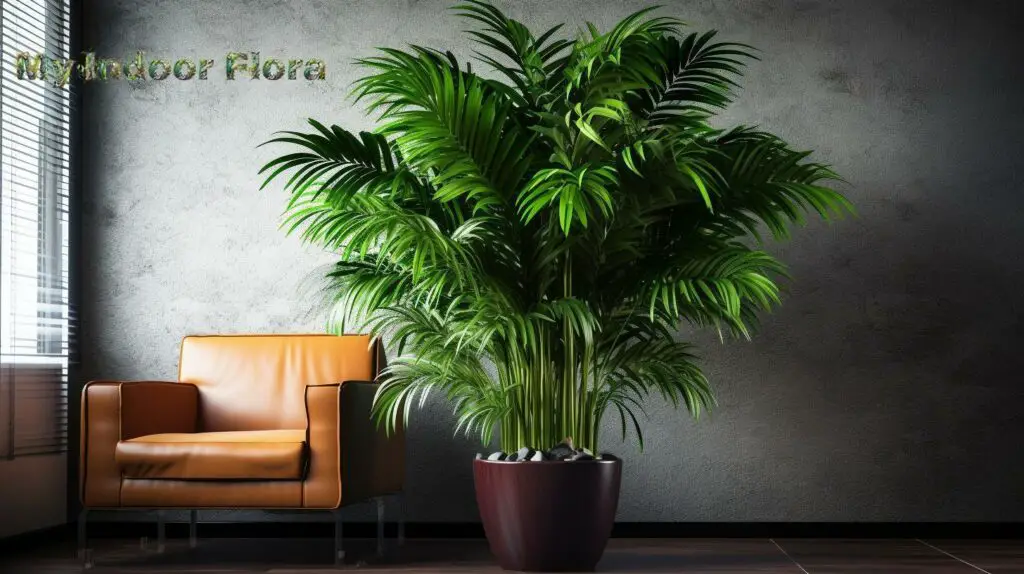
How Can You Minimize Allergy Risks While Enjoying Indoor Plants?
To minimize allergy risks associated with indoor plants, it is essential to consider proper plant selection, regular plant care, and reducing allergens in the home.
Proper Plant Selection Based on Individual Allergy Triggers
Choose indoor plants that are less likely to trigger allergies, such as those listed in section III. Additionally, consider your specific allergy triggers and avoid plants known to cause reactions for you or your family members. Consult with an allergist to identify your specific triggers and research plants accordingly. Look for plants with low pollen production, minimal mold potential, and non-irritating sap or foliage.
Regular Plant Care: Watering, Pruning, and Cleaning
Regular care of your indoor plants is crucial in minimizing allergy risks.
- Watering: Overwatering can promote mold growth, so ensure proper drainage and avoid letting plants sit in water. Water your plants according to their specific needs and ensure the soil dries out between waterings. Use a moisture meter or the finger test to check the moisture level in the soil.
- Pruning: Regularly prune your plants to remove dead leaves and debris, which can harbor mold and dust mites. Pruning also helps to maintain proper airflow and reduces the chance of fungal infections. Sterilize your pruning tools before and after use to prevent the spread of disease.
- Cleaning: Dust and clean your plants regularly by gently wiping the leaves with a damp cloth or using a soft brush. This will help remove dust, mold spores, and other allergens that may accumulate on the plant surfaces.
Reducing Allergens in the Home
Using air purifiers and choosing allergy-friendly furnishings can help reduce allergens in your indoor environment.
- Air Purifiers: Invest in a high-quality air purifier with a HEPA filter to capture airborne allergens like pollen, mold spores, and pet dander. Change the filter regularly according to the manufacturer’s guidelines.
- Allergy-Friendly Furnishings: Opt for furnishings made from allergy-friendly materials, such as leather, vinyl, or synthetic fibers. Avoid heavy drapes, upholstered furniture, and large rugs, which can harbor allergens. Wash bedding and curtains regularly in hot water to reduce dust mite populations.
- Humidity Control: Maintain indoor humidity levels between 40-50% to discourage mold growth and dust mite proliferation. Use a dehumidifier if necessary and ensure proper ventilation in your home.
- Regular Cleaning: Vacuum your home frequently using a vacuum cleaner with a HEPA filter. Regularly dust surfaces and clean your floors to minimize allergen buildup.
How Can You Properly Care for Hypoallergenic Indoor Plants?
Proper care of hypoallergenic indoor plants is essential to maintain their health and minimize allergy risks. In this section, we’ll provide general care tips and specific requirements for the hypoallergenic plants listed earlier.
General Care Tips for Hypoallergenic Indoor Plants
- Light: Most hypoallergenic indoor plants thrive in bright, indirect light. Position your plants near a window with filtered light or use artificial lighting if natural light is insufficient.
- Water: Water your plants according to their specific needs, allowing the soil to dry out between waterings. Overwatering can lead to root rot and mold growth, so be cautious not to overdo it.
- Temperature: Maintain a comfortable indoor temperature for your plants, usually between 65-75°F (18-24°C). Avoid placing plants near drafts, heating vents, or air conditioning units, as temperature fluctuations can cause stress.
Specific Care Requirements for Hypoallergenic Plants
Here are the specific care requirements for the hypoallergenic plants listed in a previous section.
- Snake Plant: Snake Plants prefer bright, indirect light, but can tolerate low light conditions. Allow the soil to dry out between waterings, and be cautious not to overwater. They thrive in temperatures between 70-90°F (21-32°C).
- Spider Plant: Spider Plants need bright, indirect light and well-draining soil. Water them moderately, allowing the top inch of soil to dry out between waterings. They prefer temperatures between 65-75°F (18-24°C).
- Boston Fern: Boston Ferns require bright, indirect light and consistently moist soil. They prefer high humidity, so consider placing them on a tray with pebbles and water or using a humidifier. Maintain temperatures between 65-75°F (18-24°C).
- Bamboo Palm: Bamboo Palms thrive in bright, indirect light and need consistently moist, well-draining soil. Mist the leaves regularly to increase humidity, especially during the winter months. They prefer temperatures between 65-80°F (18-27°C).
- Parlor Palm: Parlor Palms grow best in bright, indirect light and well-draining soil. Water them when the top inch of soil feels dry, and maintain temperatures between 65-80°F (18-27°C).

Preventing Mold and Pests
Preventing mold and pests is crucial for maintaining healthy indoor plants and minimizing allergy risks.
- Mold Prevention: Avoid overwatering and ensure proper drainage for your plants. Use well-draining soil and consider adding perlite or vermiculite to improve drainage. Maintain proper humidity levels and provide adequate airflow around your plants.
- Pest Prevention: Inspect your plants regularly for signs of pests, such as aphids, spider mites, or mealybugs. Remove any affected leaves or stems and treat the infestation promptly using insecticidal soap or other eco-friendly pest control methods. Quarantine new plants before introducing them to your indoor garden to prevent the spread of pests.
Can Indoor Plants Help Alleviate Allergy Symptoms in Some Cases?
Certain indoor plants can help remove allergens from the air and potentially alleviate allergy symptoms. In this section, we’ll discuss phytoremediation and list some indoor plants known for their air-purifying properties.
Phytoremediation is the process by which plants remove or neutralize pollutants in the environment. Some indoor plants can absorb airborne allergens, such as pollen, mold spores, and pet dander, and help improve indoor air quality. This can be especially beneficial for allergy sufferers, as cleaner air may alleviate their symptoms.
Air-Purifying Indoor Plants
Here are some indoor plants known for their air-purifying properties:
- Snake Plant
- Spider Plant
- Boston Fern
- Bamboo Palm
- Parlor Palm
- Peace Lily (Spathiphyllum spp.)
- Rubber Plant (Ficus elastica)
- Golden Pothos (Epipremnum aureum)
- English Ivy (Hedera helix)
- Areca Palm (Dypsis lutescens)
While these plants can improve air quality, it’s essential to consider potential allergy triggers when selecting plants for your home.
What Are the Best Practices for Introducing Indoor Plants to an Allergy-Prone Home?
When introducing indoor plants to an allergy-prone home, follow these best practices to minimize risks and create a healthy environment:
1. Start with a Small Number of Hypoallergenic Plants
Begin by introducing a few hypoallergenic plants, such as those listed in section III. Monitor for any allergy symptoms and adjust your plant selection accordingly.
2. Gradual Introduction of New Plants
When adding new plants to your home, introduce them gradually. This allows you to monitor for potential allergic reactions and adjust your plant choices if necessary. Start with one or two new plants at a time and observe any changes in allergy symptoms over several weeks before adding more.
3. Creating a Healthy Indoor Environment
Maintain a healthy indoor environment to minimize allergy risks and promote the well-being of both plants and inhabitants:
- Proper Humidity Levels: Keep indoor humidity levels between 40-50% to discourage mold growth and dust mite proliferation. Use a humidifier or dehumidifier as needed to maintain appropriate levels.
- Air Circulation: Ensure proper air circulation in your home by regularly opening windows, using exhaust fans, or employing air purifiers. Good airflow helps to reduce allergen buildup and promotes healthy plant growth.
- Regular Cleaning: Clean your home frequently to minimize allergens. Vacuum floors, dust surfaces, and wipe down plant leaves to remove dust, mold spores, and other allergens.
Conclusion
Indoor plants can provide numerous benefits, including improved air quality and overall well-being. However, it is crucial to carefully select and care for indoor plants to minimize allergy risks. By choosing hypoallergenic plants, practicing proper plant care, and maintaining a healthy indoor environment, you can enjoy the advantages of indoor plants without compromising your health and well-being.
